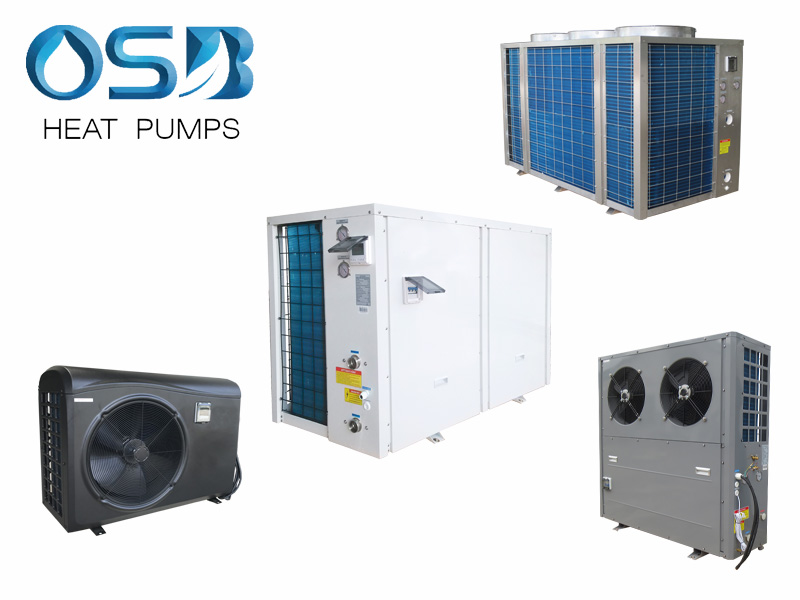
E. Exhaust temperature too high
Theoretical calculation formula:
T2=T1(P2÷P1)^[(k-1)÷k]
Among them:
T2: exhaust temperature;
T1: suction temperature;
P2: exhaust pressure;
P1: suction pressure
K: adiabatic index of gas (k = 1.4 of air).
This formula shows the importance of suction temperature (T1) and pressure ratio (P2 ÷ P1).
These two kinds of data are directly related to the use of air compressor temperature and quality.
Because the higher the suction temperature, the higher the compression ratio, and the higher the exhaust temperature!
According to the above formula, we can draw the following conclusions:
The main causes of exhaust temperature overheating are as follows:
1. High return air temperature (high suction super heat)
2. High compression ratio
3. High condensation pressure
4. The cooling of the refrigeration oil is not good, and the heating capacity of the motor is too large
5. Reasons for refrigerant
F. Liquid attack
1. In order to ensure the safe operation of the compressor and prevent the occurrence of liquid hammer, it is required that the suction temperature is a little higher than the evaporation temperature, that is, it should have a certain degree of super heat.
2. Avoid high or low suction temperature.
If the suction temperature is too high, i.e. the super heat is too high, the exhaust temperature of the compressor will increase. If the suction temperature is too low, it means that the refrigerant is not completely evaporated in the evaporator, which not only reduces the heat exchange efficiency of the evaporator, but also causes liquid hammer of the compressor. Under normal conditions, the suction temperature should be 5-10 ℃ higher than the evaporation temperature.
G. Fluorine addition
1. When the fluorine content is small or the regulating pressure is low (or partially blocked), the valve cover (bellows) and even the liquid inlet of the expansion valve will be frosted;
2. When the amount of fluorine is too little or basically no fluorine, the surface of expansion valve has no reaction, and only a little air flow is heard.
3. See which end the ice starts from, whether it starts from the liquid separation head or the air return pipe of the press. If the liquid separation head is lack of fluorine, the press is more fluorine.

